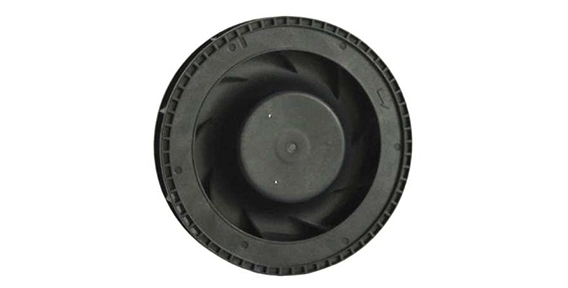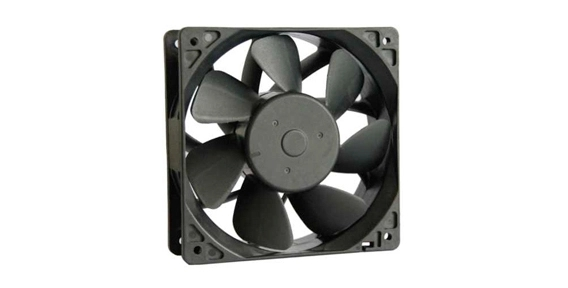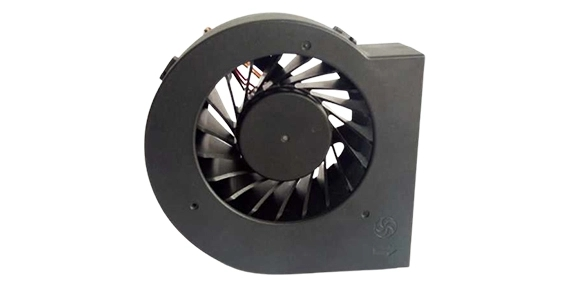Centrifugal blower fans are a type of mechanical device used to move air or gas through a system. They work by using a rotating impeller to generate airflow, creating pressure and pushing the air in a specific direction. Centrifugal blower fans are commonly used in various industries for ventilation, cooling, heating, and air conditioning purposes. In this article, we will explore the basics of centrifugal blower fans, their propelling performance, broad applications, and the latest innovations in their technology.
Centrifugal Blower Fan: Propelling Performance
The propelling performance of a centrifugal blower fan is determined by several factors, including the impeller design, rotational speed, and motor power. The impeller, which consists of blades or vanes, is responsible for generating the airflow. Different impeller designs, such as forward curve, backward curve, or radial, are used to achieve specific performance characteristics.
The rotational speed of the impeller affects the fan's capacity to move air. Higher rotational speeds typically result in higher airflow rates, but also increase energy consumption and noise levels. The motor power, on the other hand, determines the fan's ability to overcome system resistance and maintain the desired airflow.

Centrifugal Blower Fan: Transformative Dynamics within the Volute
Exiting the impeller, the airflow encounters the housing, featuring a crucial component known as the volute or scroll. This element plays a transformative role, gradually expanding to convert the high-velocity, low-pressure air into a form more conducive to the specific application requirements. The volute is akin to a conductor orchestrating a symphony, ensuring the efficient channeling and pressurization of the airflow. This harmonious collaboration between the impeller and the volute enables the centrifugal blower to generate a low-velocity, high-pressure airflow – a defining characteristic that sets it apart in overcoming resistance within complex air-handling systems.
Innovations in Centrifugal Blower Fan Technology
Over the years, there have been significant advancements in axial cooling fan technology to improve their performance, energy efficiency, and noise levels. One of the notable innovations is the use of variable frequency drives (VFDs) in fan motors. VFDs allow the fan speed to be adjusted based on the actual demand, resulting in energy savings and improved control.
Another innovation is the integration of smart sensors and controls in centrifugal blower fans. These sensors monitor the operating conditions and performance of the fan, enabling real-time adjustments and system optimization. This not only improves efficiency but also allows for predictive maintenance, reducing downtime and repair costs.
Furthermore, advancements in materials and manufacturing techniques have led to the development of more aerodynamically efficient impellers. These impellers are designed to minimize turbulence and pressure losses, resulting in higher overall performance and reduced energy consumption.
In conclusion, centrifugal blower fans are versatile and efficient devices used in various industries for air and gas movement. Understanding their propelling performance, broad applications, and the latest technological innovations is essential for selecting the right fan for specific requirements. With constant advancements in technology, centrifugal blower fans are becoming more energy-efficient, quieter, and smarter, contributing to improved ventilation, comfort, and productivity in various settings.


 EN
EN 

 +
+
 +
+
 +
+



